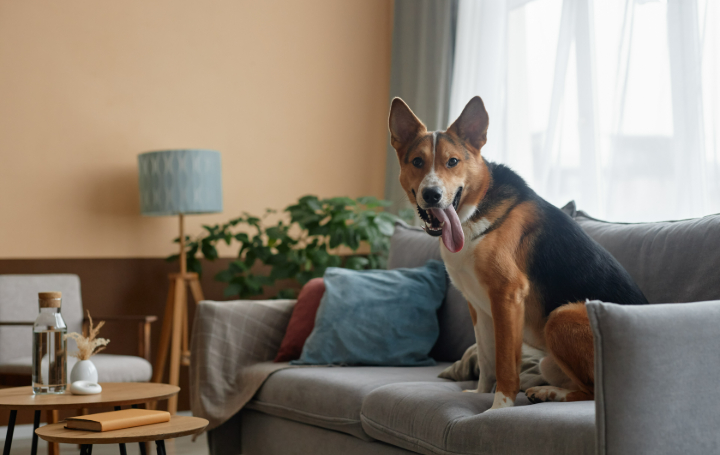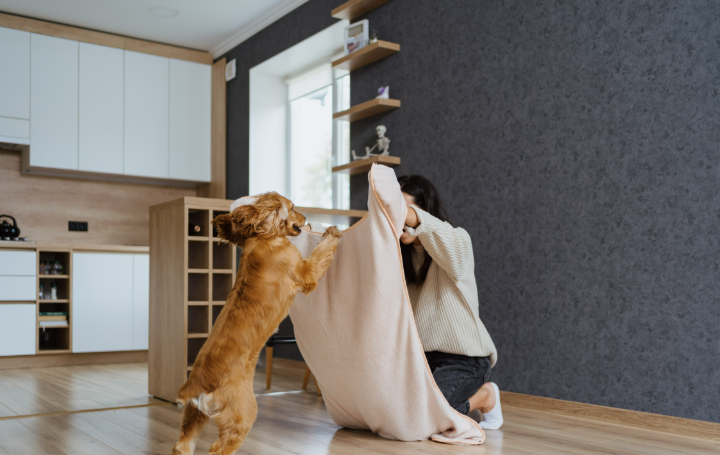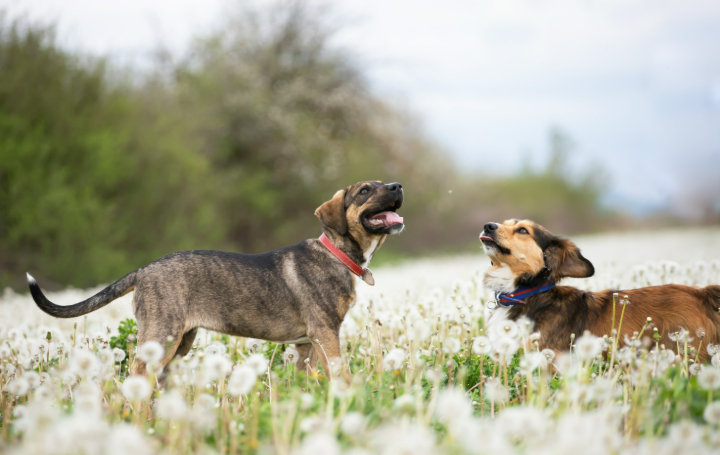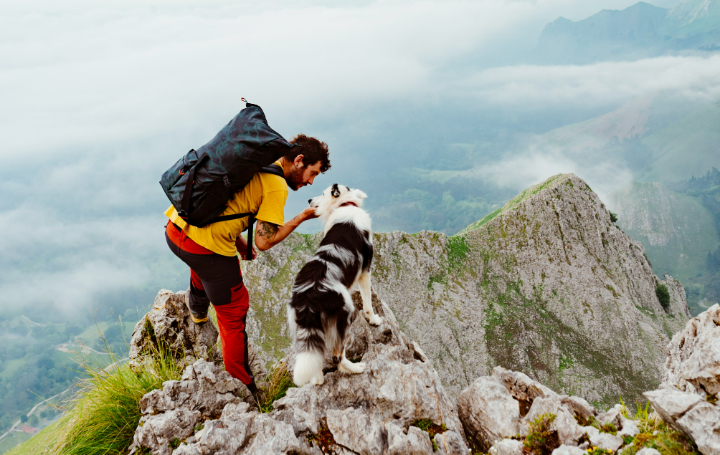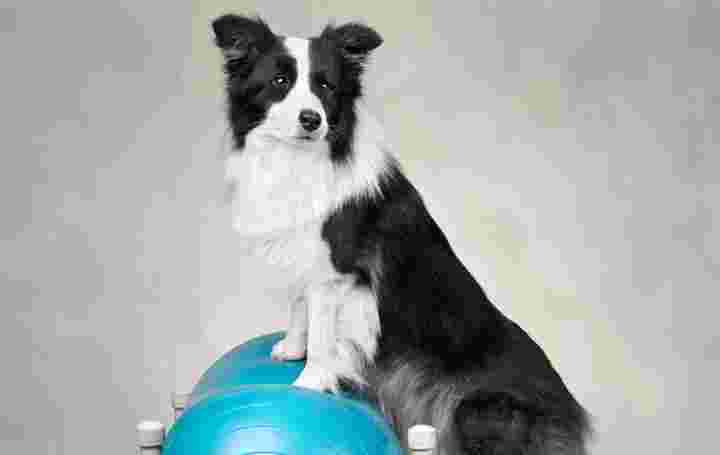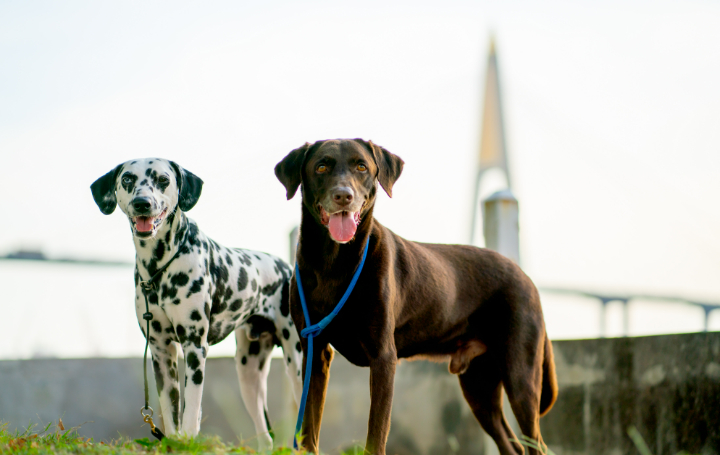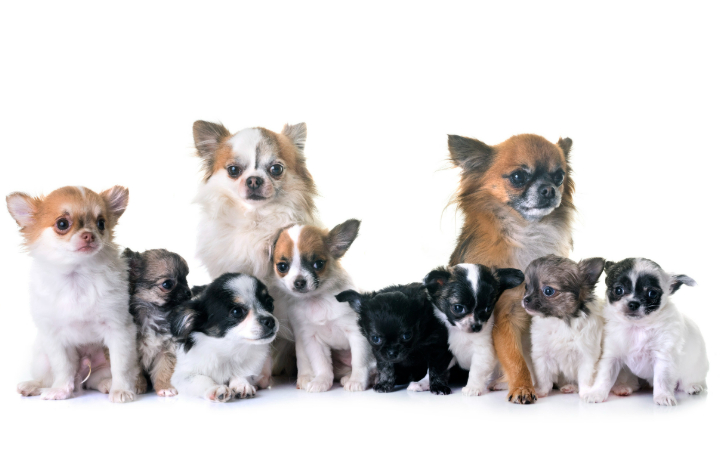How to Help Your Dog Cope with Change: Adjusting to New Environments
Dogs are creatures of habit. They love their routines, their favorite sleeping spots, and even their daily walks at the same time every day. So, when something changes—like moving to a new house, bringing home a new pet, or even switching up their daily schedule—it can be stressful for them.
If you’ve ever noticed your dog acting a little anxious when you rearrange the furniture or bring home a new family member, you know exactly what we’re talking about. Change can be tough for dogs, but don’t worry! With a little patience, love, and some smart strategies, you can help your furry friend adjust smoothly to any new environment.
Let’s dive into why dogs struggle with change and what you can do to make transitions easier for them.
Why Do Dogs Struggle with Change?
Dogs rely on familiar surroundings and routines to feel safe and comfortable. Unlike humans, who can understand and prepare for changes, dogs experience them without any warning. Imagine if you woke up one day and everything around you was different—new smells, new sounds, new people! That would be pretty overwhelming, right?
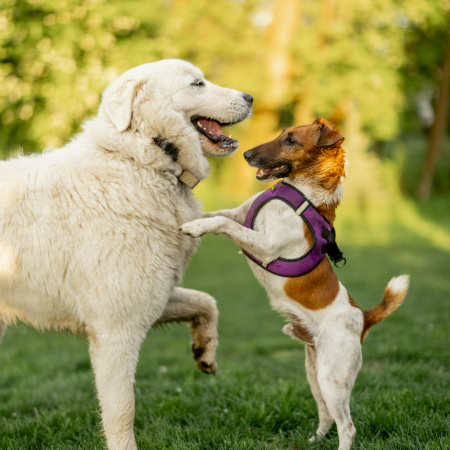
Common changes that may stress out your dog include:
- Moving to a new home
- Bringing home a new pet or baby
- Changing their daily routine (like a new feeding or walking schedule)
- New family members or roommates
- Losing a companion (whether another pet or a family member)
- Going on a trip or staying somewhere unfamiliar
Dogs express stress in different ways, such as:
- Whining or barking more than usual
- Hiding or acting withdrawn
- Changes in appetite (eating too much or refusing food)
- Destructive behavior (chewing, scratching, or digging)
- Having accidents indoors (even if they’re fully potty trained)
If you notice any of these signs, don’t worry! It just means your dog needs a little extra support to feel safe again.
How to Help Your Dog Adjust to Change
Every dog is different, but these tried-and-true tips will help make any transition smoother for your pup.
1. Keep Routines as Consistent as Possible
Dogs thrive on routine. Even if everything else is changing, try to keep their daily schedule as close to normal as possible. That means feeding them at the same time, taking them for their usual walks, and sticking to their bedtime rituals.
If you’re moving to a new house, set up their food and water bowls in a familiar way, and take them on walks at the same time you used to in your old home. Consistency will help them feel safe and in control.
2. Introduce Change Gradually
If possible, introduce new experiences little by little.
- Moving to a new home? Bring your dog to visit before the big move so they can sniff around and get used to the new space.
- Bringing home a new pet or baby? Let your dog sniff their blanket or toys before the actual introduction.
- Switching up their routine? Make gradual changes—adjust feeding or walking times in small increments rather than all at once.
A slow introduction helps prevent overwhelming your pup and gives them time to adjust at their own pace.
3. Create a Safe Space
Whenever dogs feel anxious, they look for a safe and familiar place to retreat to. If you’re in a new home, set up a cozy corner with their favorite bed, toys, and blankets. If you’re traveling, bring a piece of home with you—like their favorite stuffed animal or a T-shirt that smells like you.

This little comfort zone can be a lifesaver, giving them a place to relax when things feel overwhelming.
4. Offer Lots of Comfort and Reassurance
Your dog looks to you for emotional support. If you’re calm and reassuring, they’ll feel safer. Give them extra cuddles, talk to them in a soothing voice, and let them know they’re not alone in this big change.
A little extra attention can go a long way. Try to spend more quality time playing, training, or just sitting with them to reinforce the feeling that everything is okay.
5. Use Positive Reinforcement
Praise and rewards can turn a scary experience into a fun one. If your dog is nervous about a new place, give them treats when they explore it. If they’re adjusting to a new pet, reward calm and friendly behavior.
Positive reinforcement helps them associate new things with good experiences. Over time, their nervousness will turn into confidence!
6. Keep Them Active and Engaged
Exercise and mental stimulation are great stress relievers for dogs.
- Go for a long walk in the new neighborhood to help them explore and feel comfortable.
- Play their favorite games, like fetch or tug-of-war.
- Give them puzzle toys or treat-dispensing toys to keep their mind busy.
A tired dog is a happy dog! Keeping them active will help them burn off nervous energy and adjust more easily.
7. Be Patient, Every Dog Adjusts at Their Own Pace
Some dogs adjust quickly to change, while others need more time. If your dog is struggling, be patient and understanding. Don’t rush the process, and don’t get frustrated if they take longer to settle in.
If your dog is still struggling after a few weeks and showing signs of extreme stress (like refusing to eat, severe anxiety, or destructive behavior), consider talking to a vet or a professional trainer. They can provide guidance and support tailored to your dog’s needs.
Special Situations: How to Handle Big Life Changes
Different types of changes may require a slightly different approach. Here’s how to handle some of the biggest life changes your dog may experience:
Moving to a New Home
- Let them explore one room at a time instead of the whole house at once.
- Keep familiar items like their bed and bowls in the same arrangement as before.
- Stick to their usual routine as much as possible.
Bringing Home a New Baby
- Play recordings of baby sounds ahead of time so your dog gets used to them.
- Give your dog attention and treats when they behave calmly around the baby.
- Teach them gentle behavior like sitting quietly near the baby’s crib.
Introducing a New Pet
- Let them sniff each other’s scents before they meet face-to-face.
- Keep initial meetings short and supervised.
- Reward calm interactions with praise and treats.
Traveling or Staying in a New Place
- Bring familiar items from home, like their bed or favorite toy.
- Keep their feeding and walking schedule as normal as possible.
- Give them extra comfort and reassurance in the new environment.
Final Thoughts: Change Can Be Hard, But You’ve Got This!
Change can be scary for dogs, but with love, patience, and a little preparation, they can adjust to almost anything. Whether you’re moving, adding a new family member, or just switching up your routine, the key is to make the transition as smooth and stress-free as possible.

Your dog trusts you more than anyone in the world, and as long as they have you by their side, they’ll get through any change just fine. So, take a deep breath, give your pup a big hug, and embrace the adventure together!
After all, life is full of changes—but with a loyal dog by your side, it’s always a little easier (and a lot more fun!).
Tags
